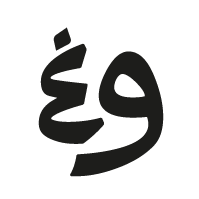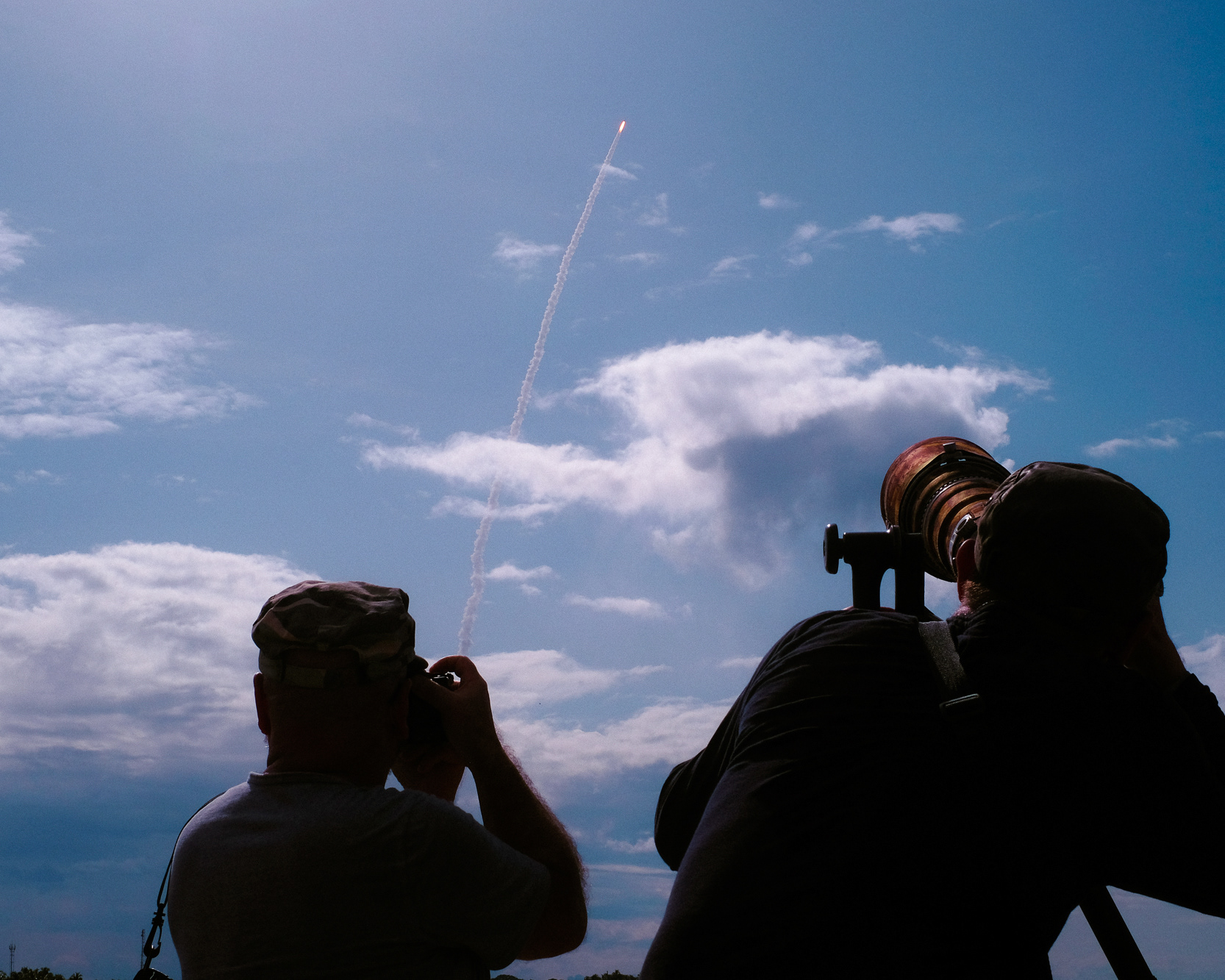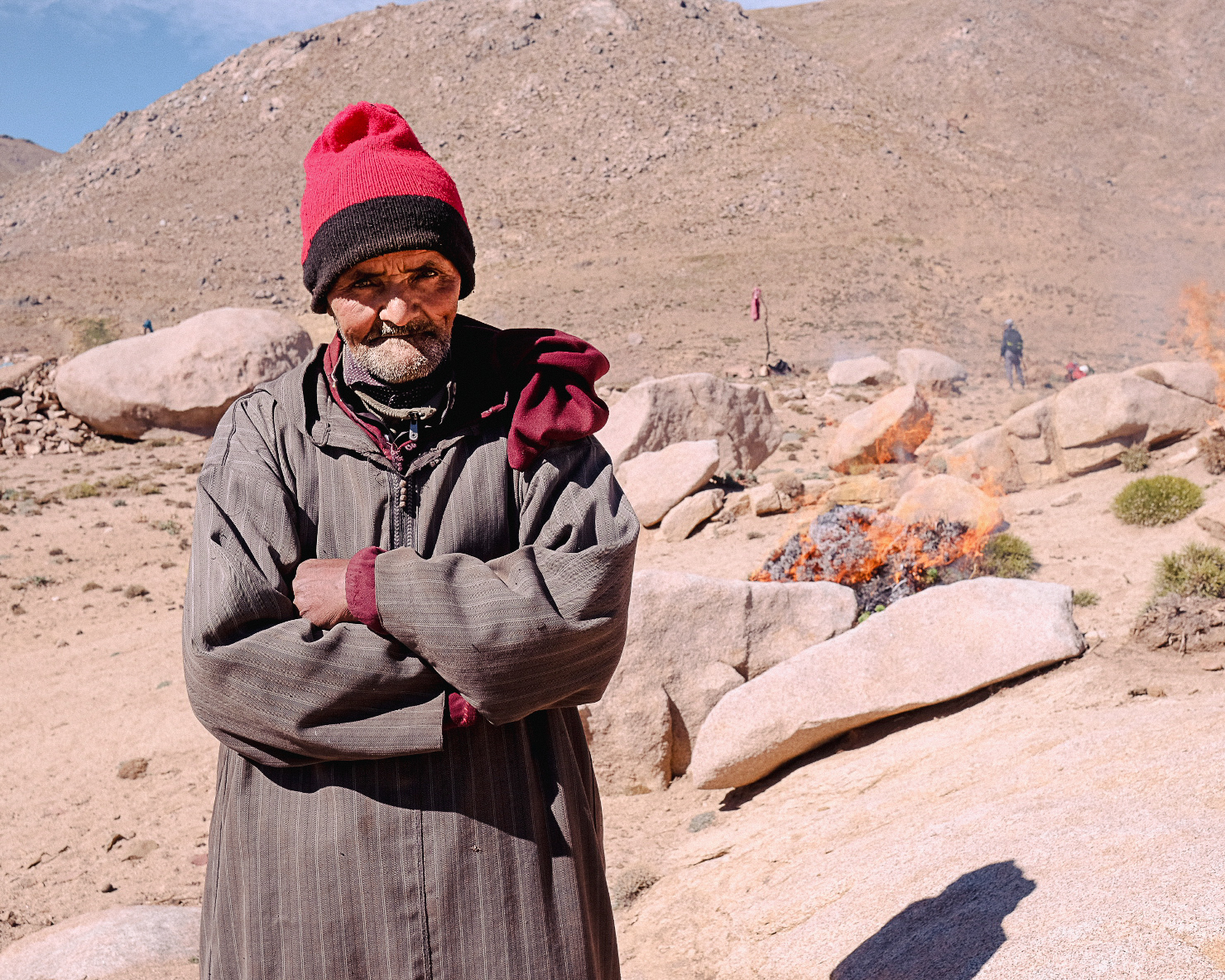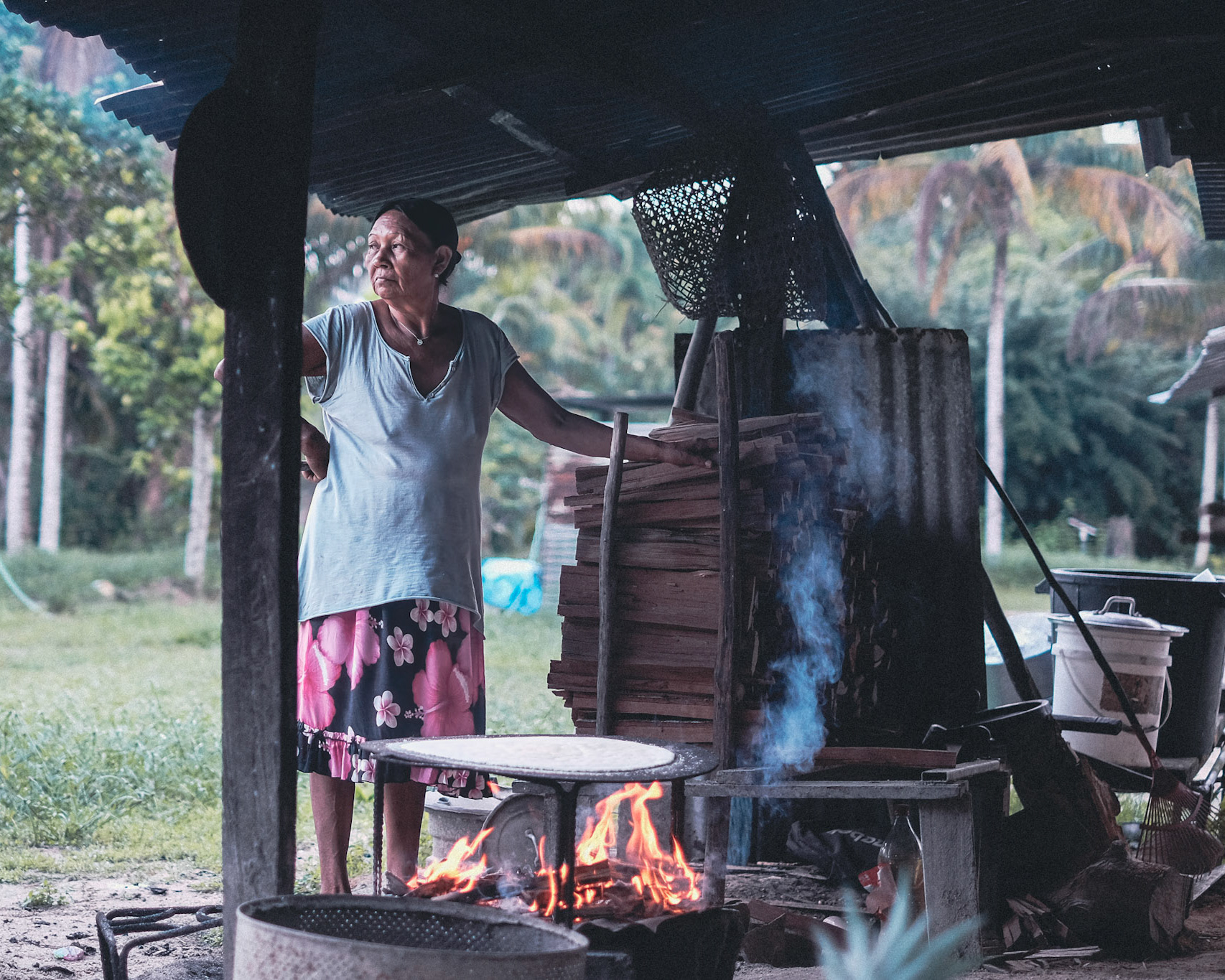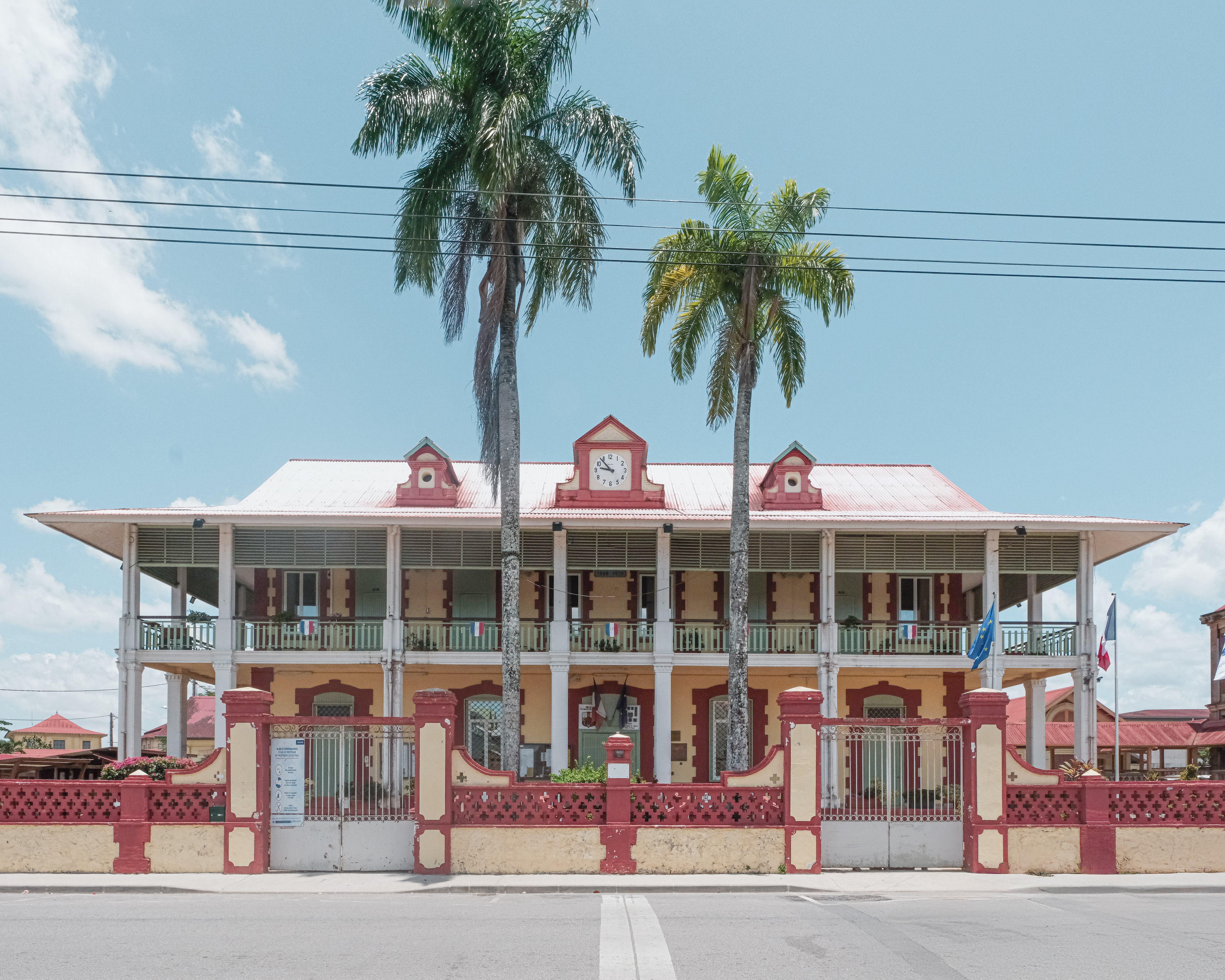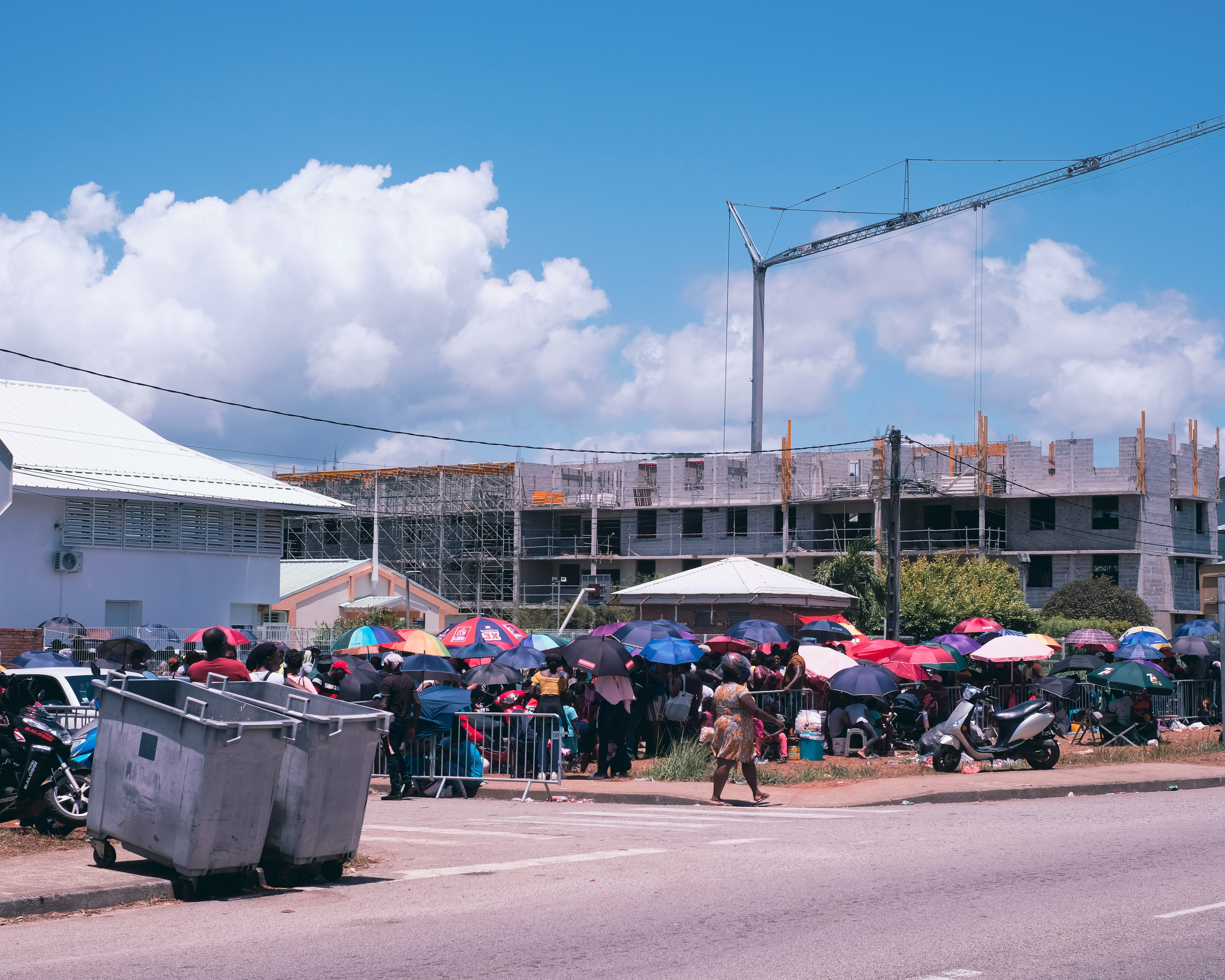
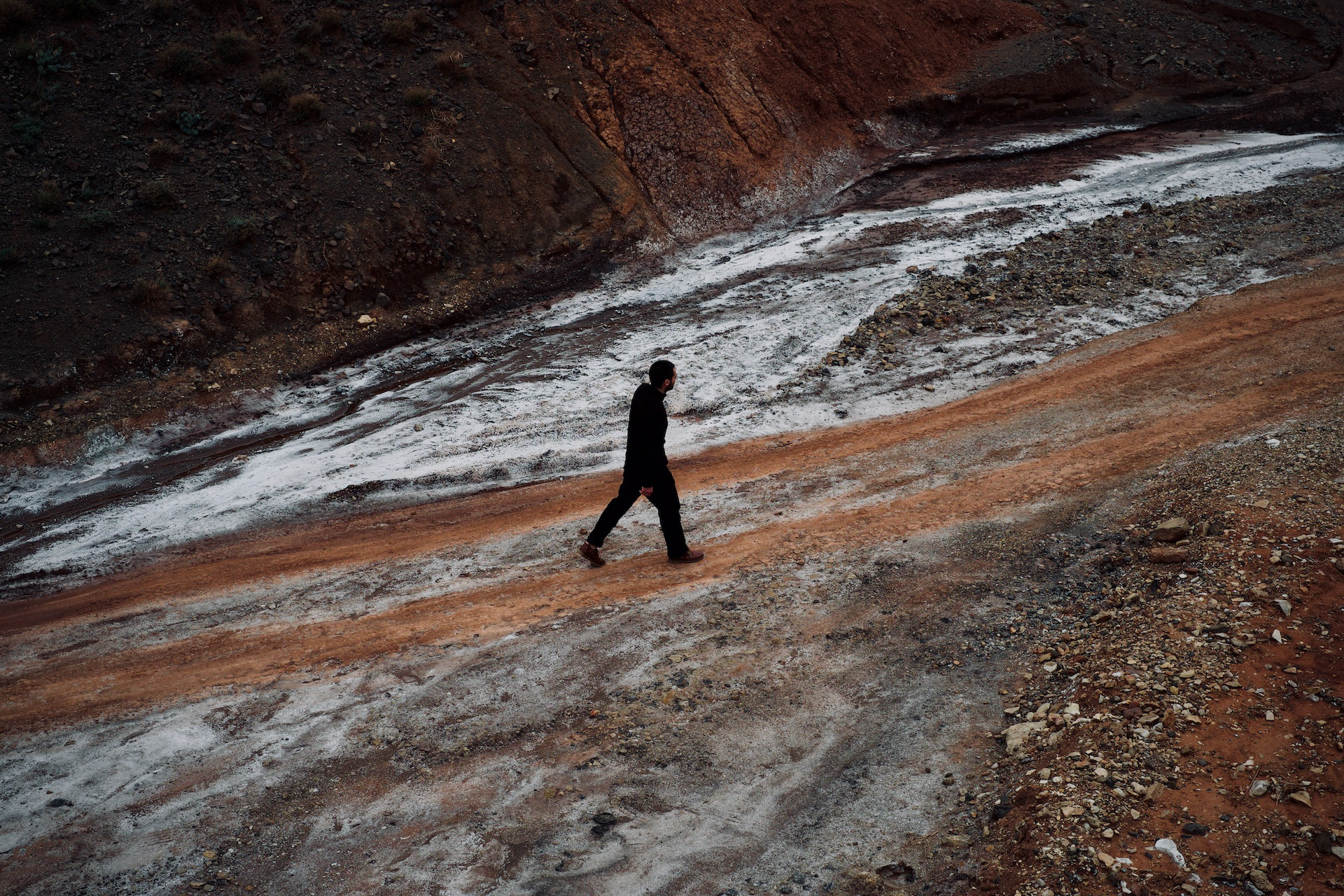
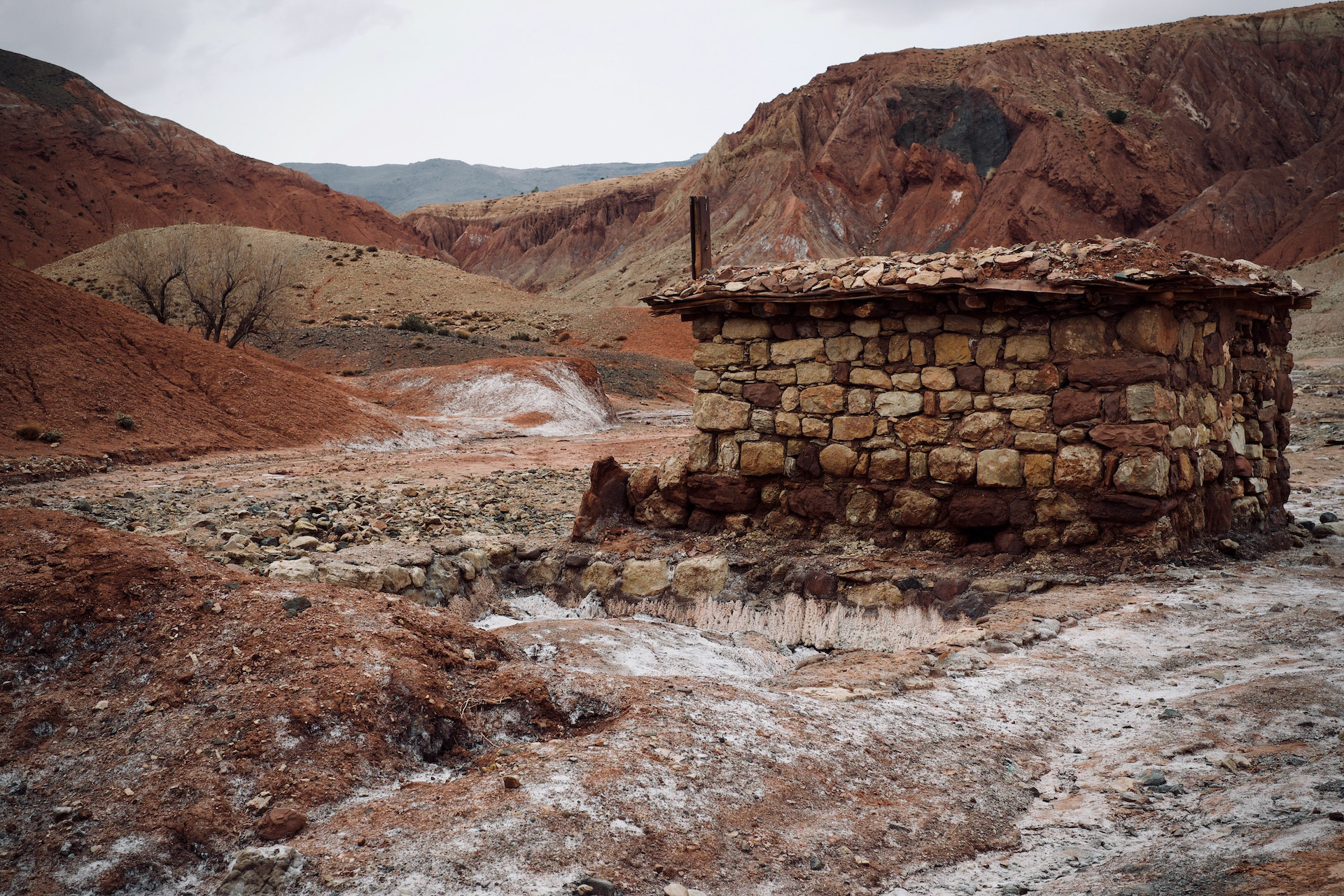
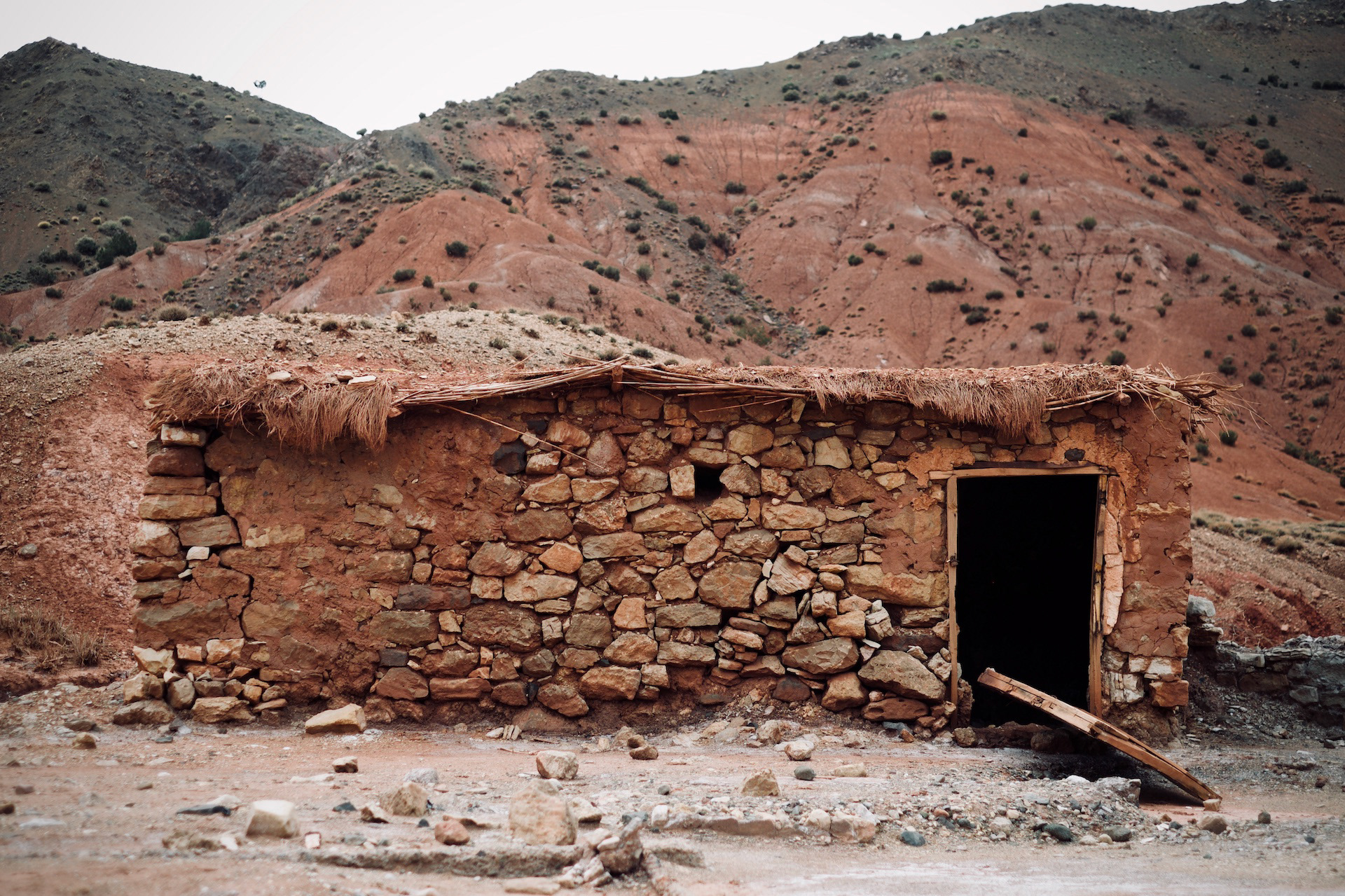
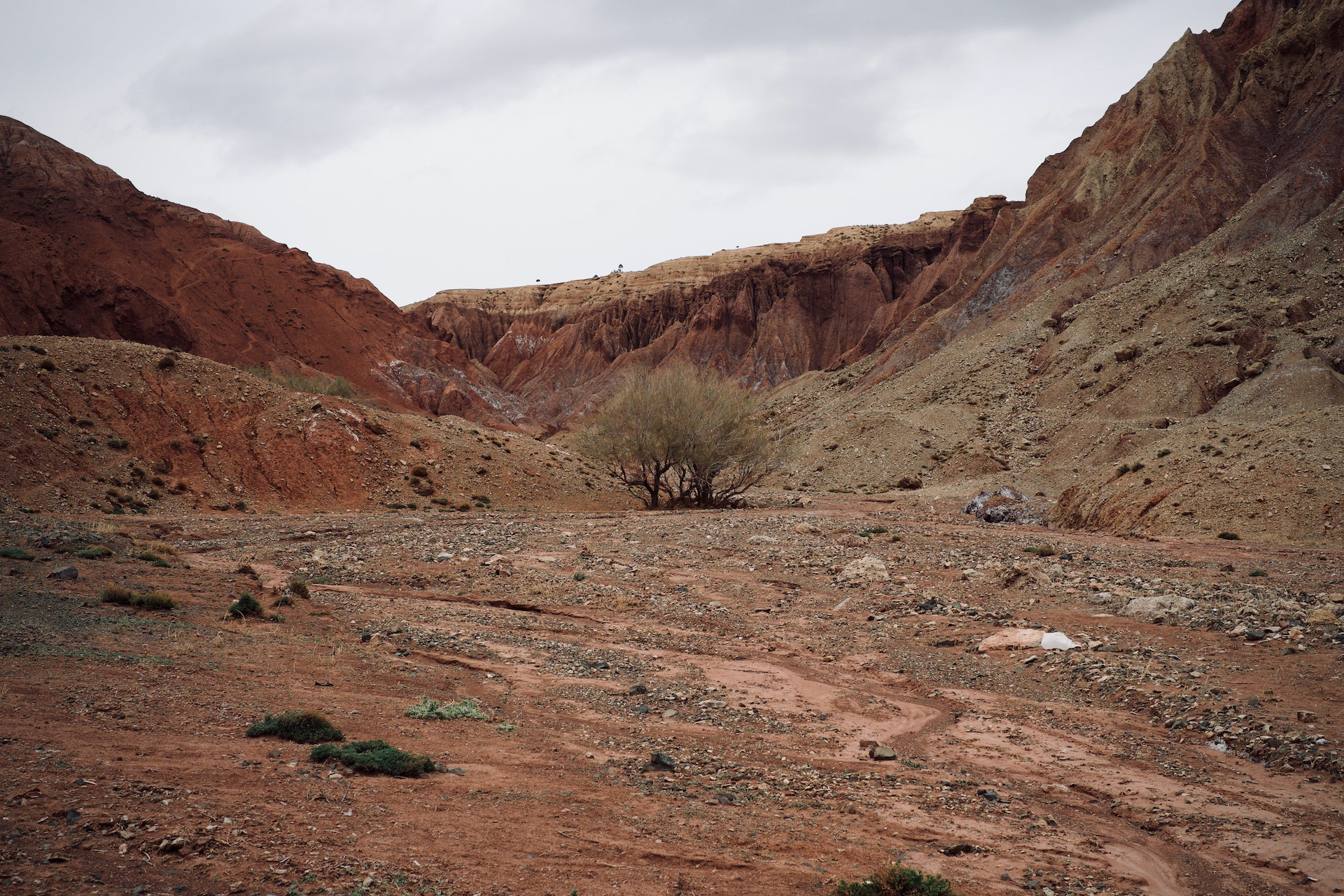
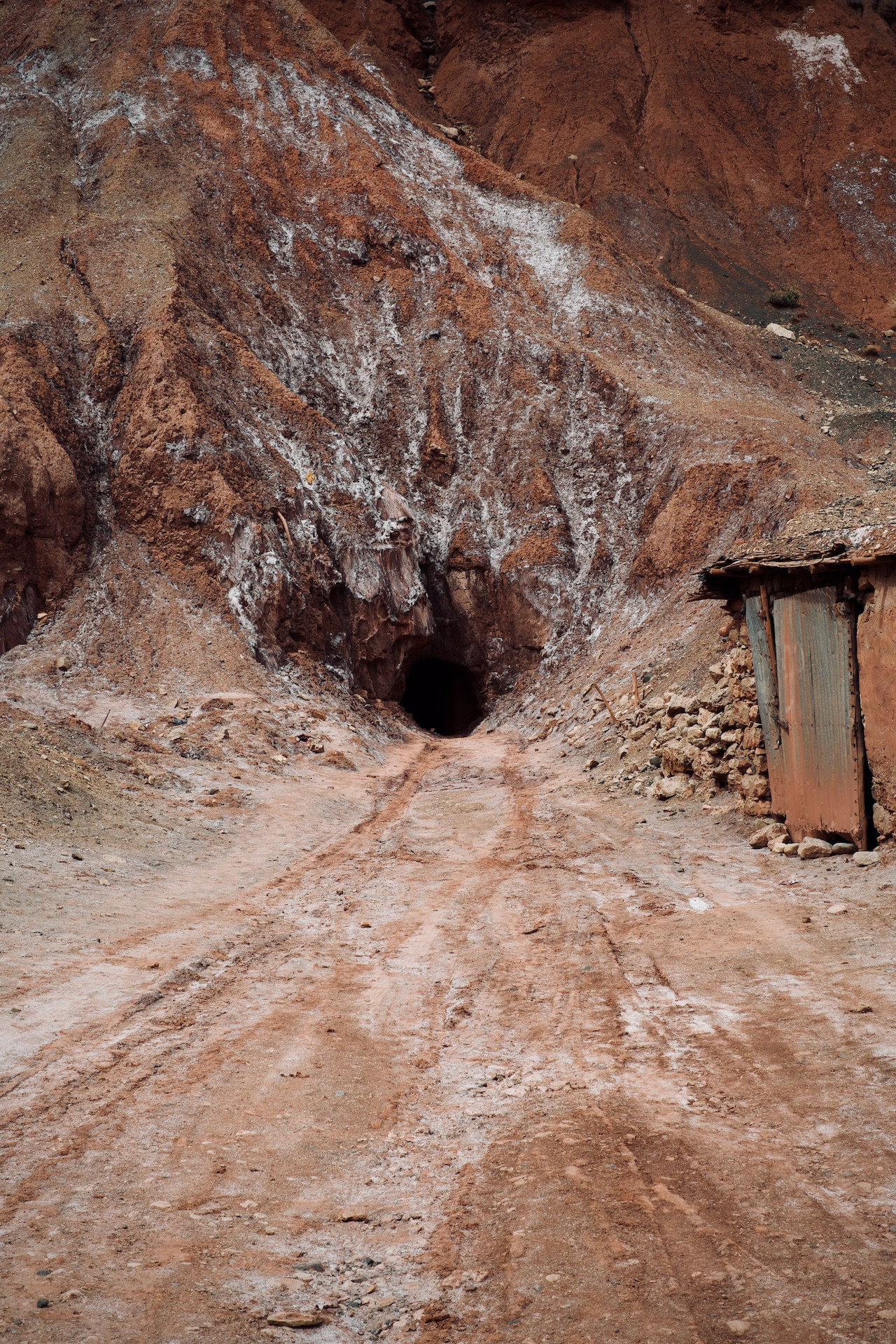
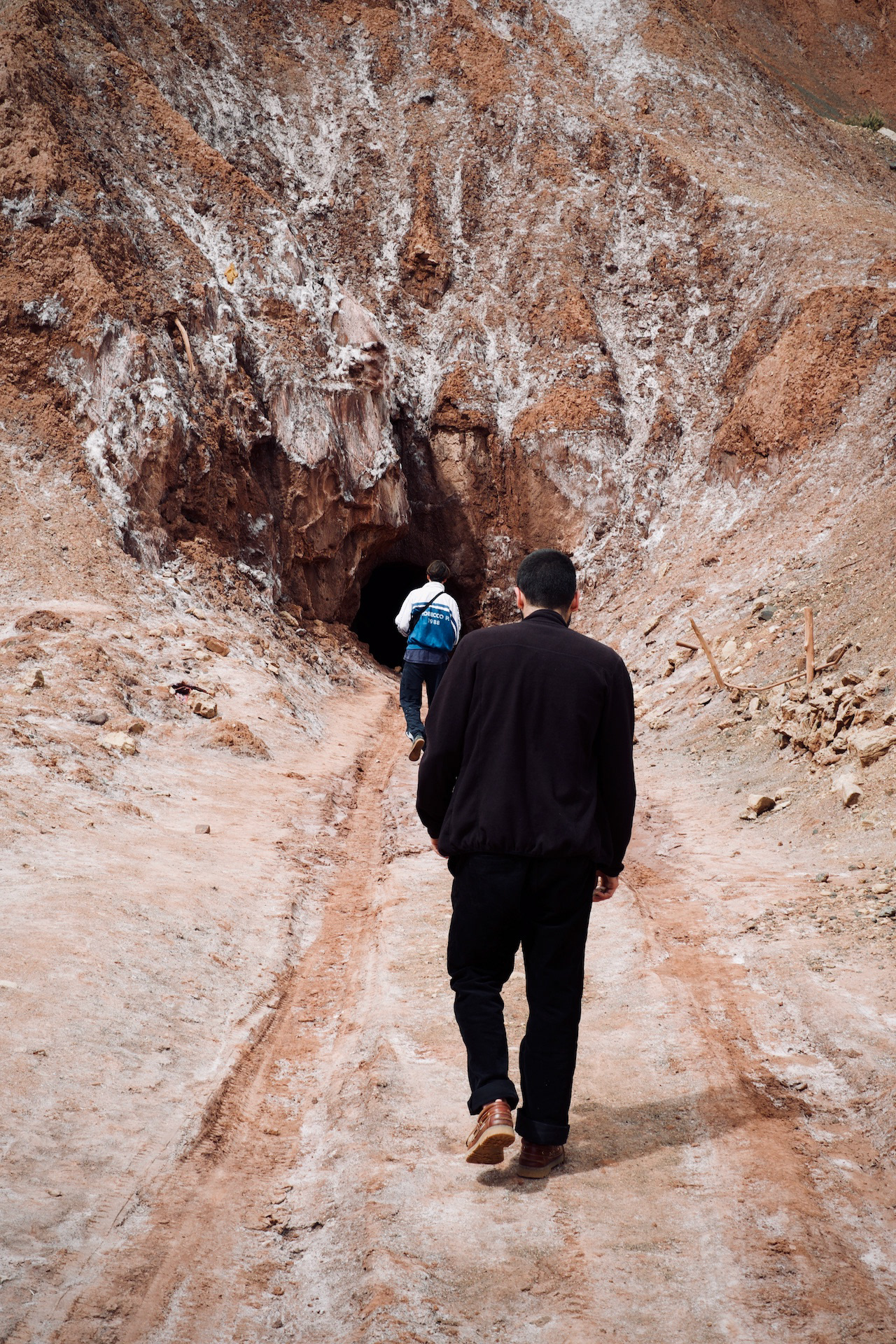
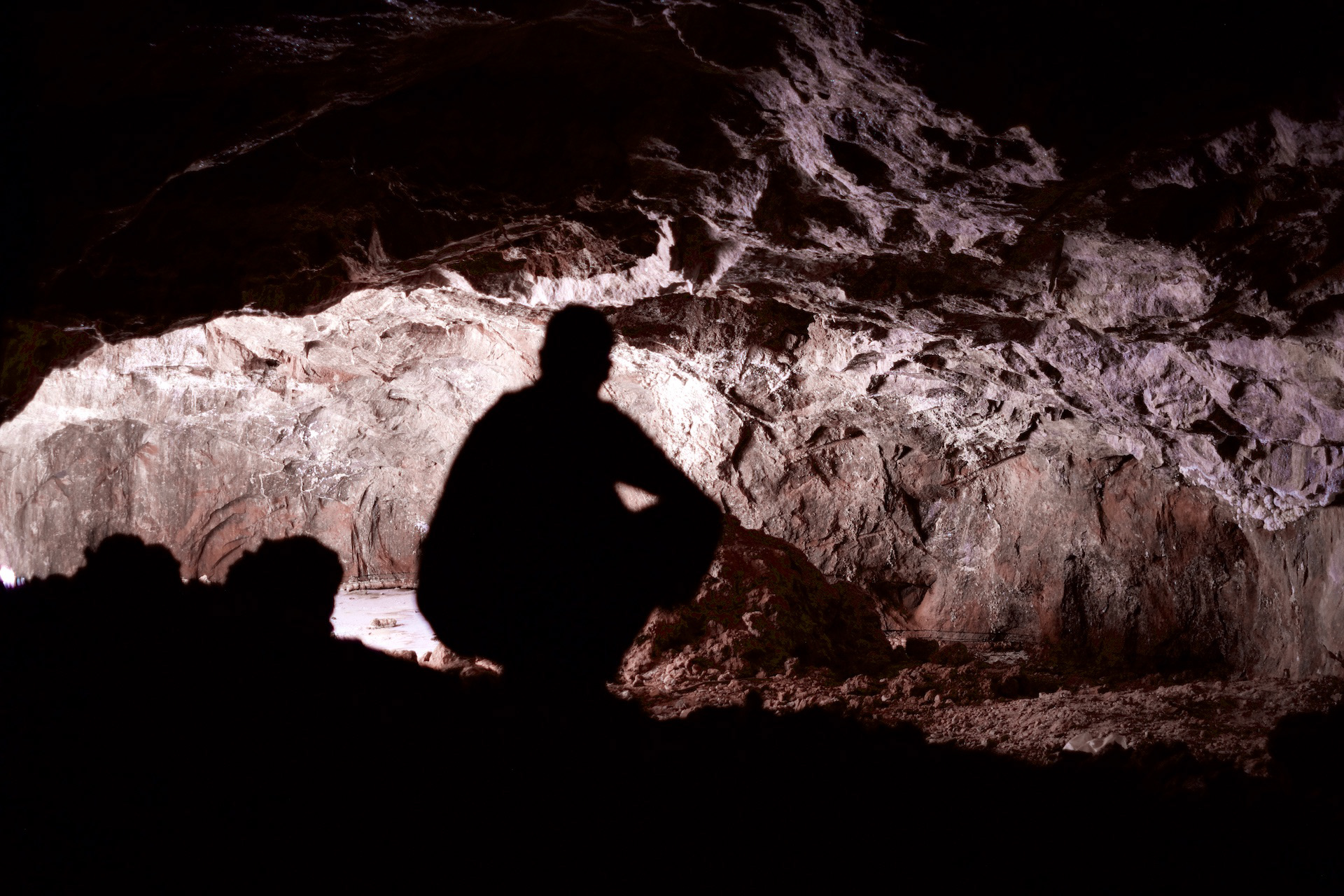
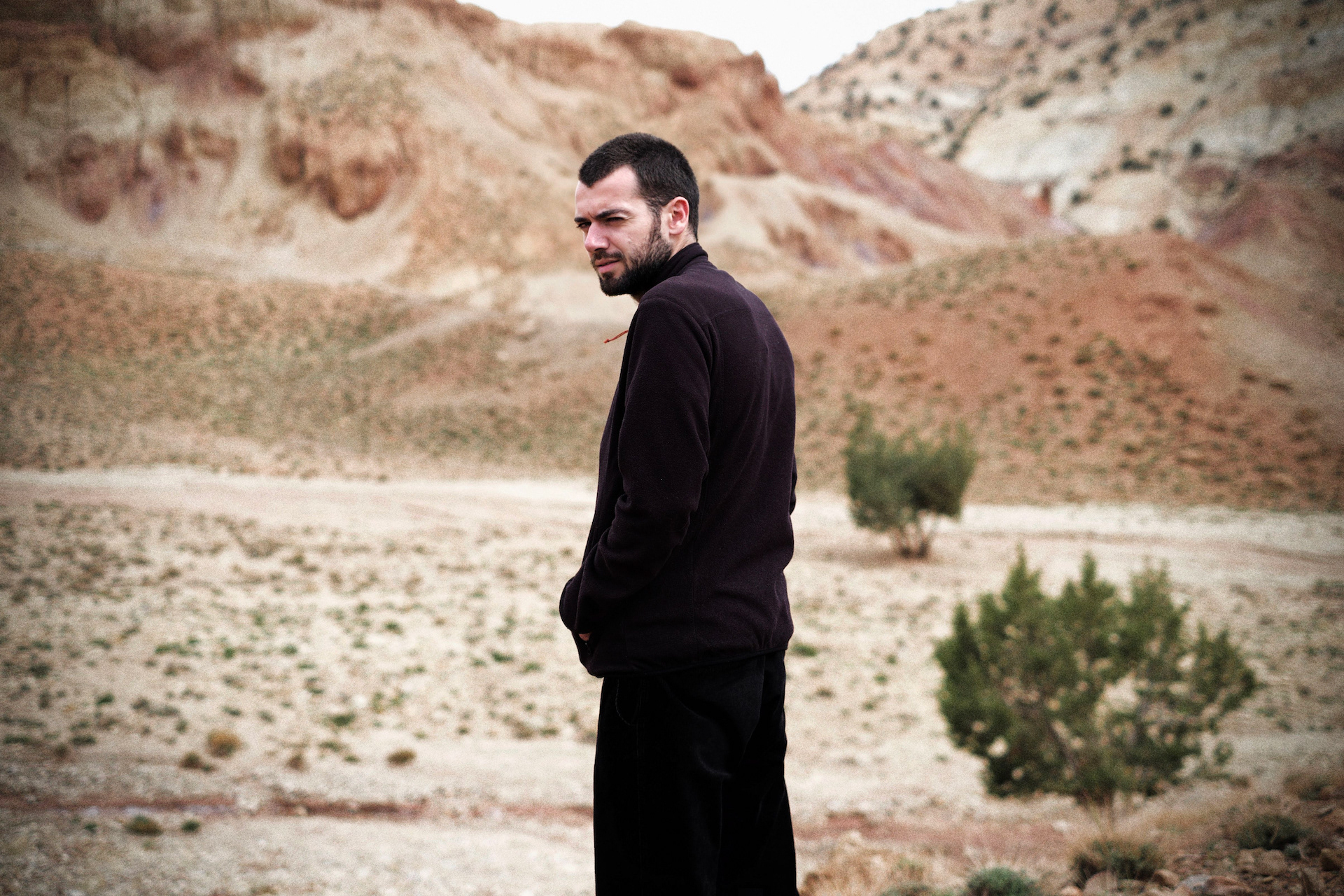
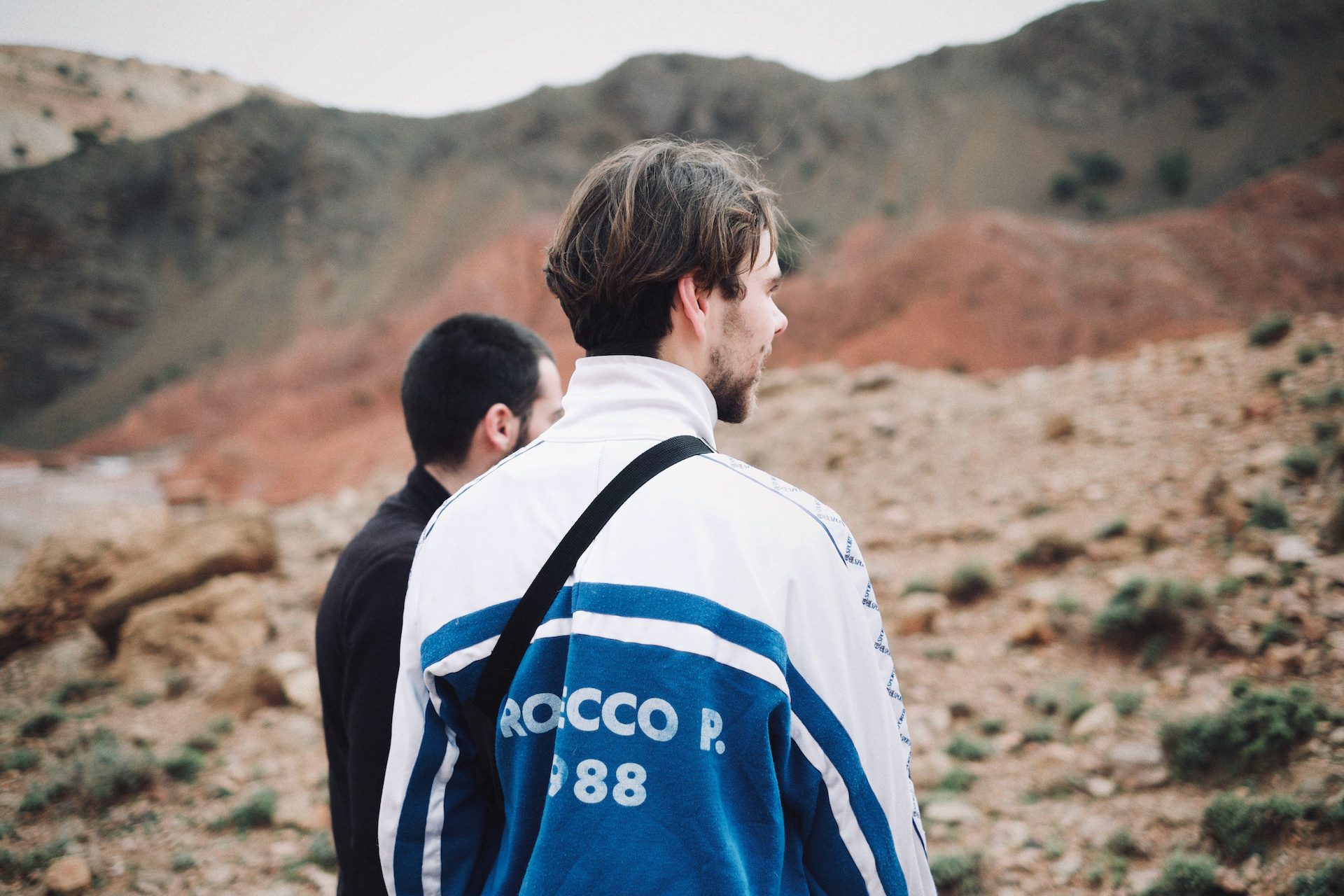
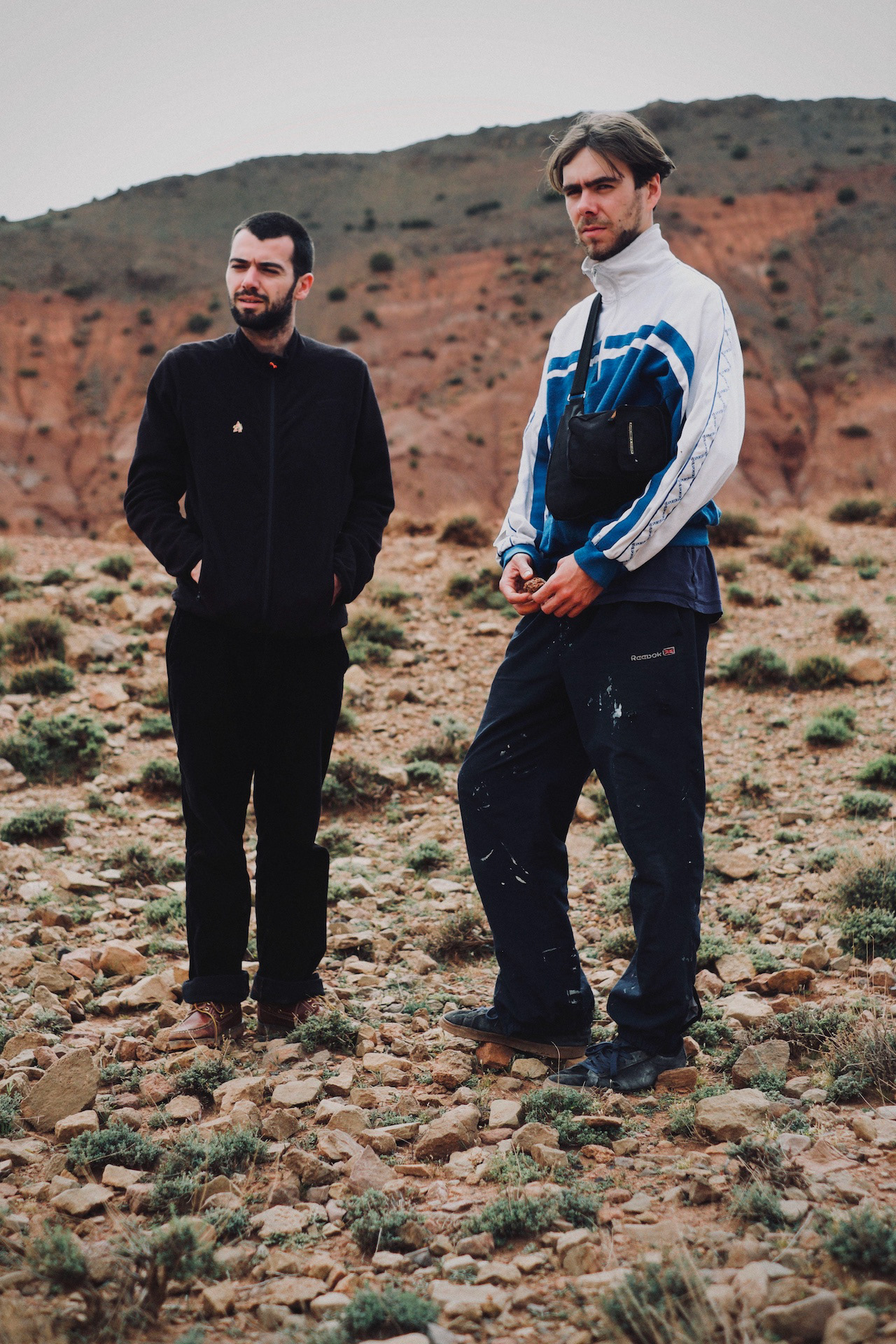
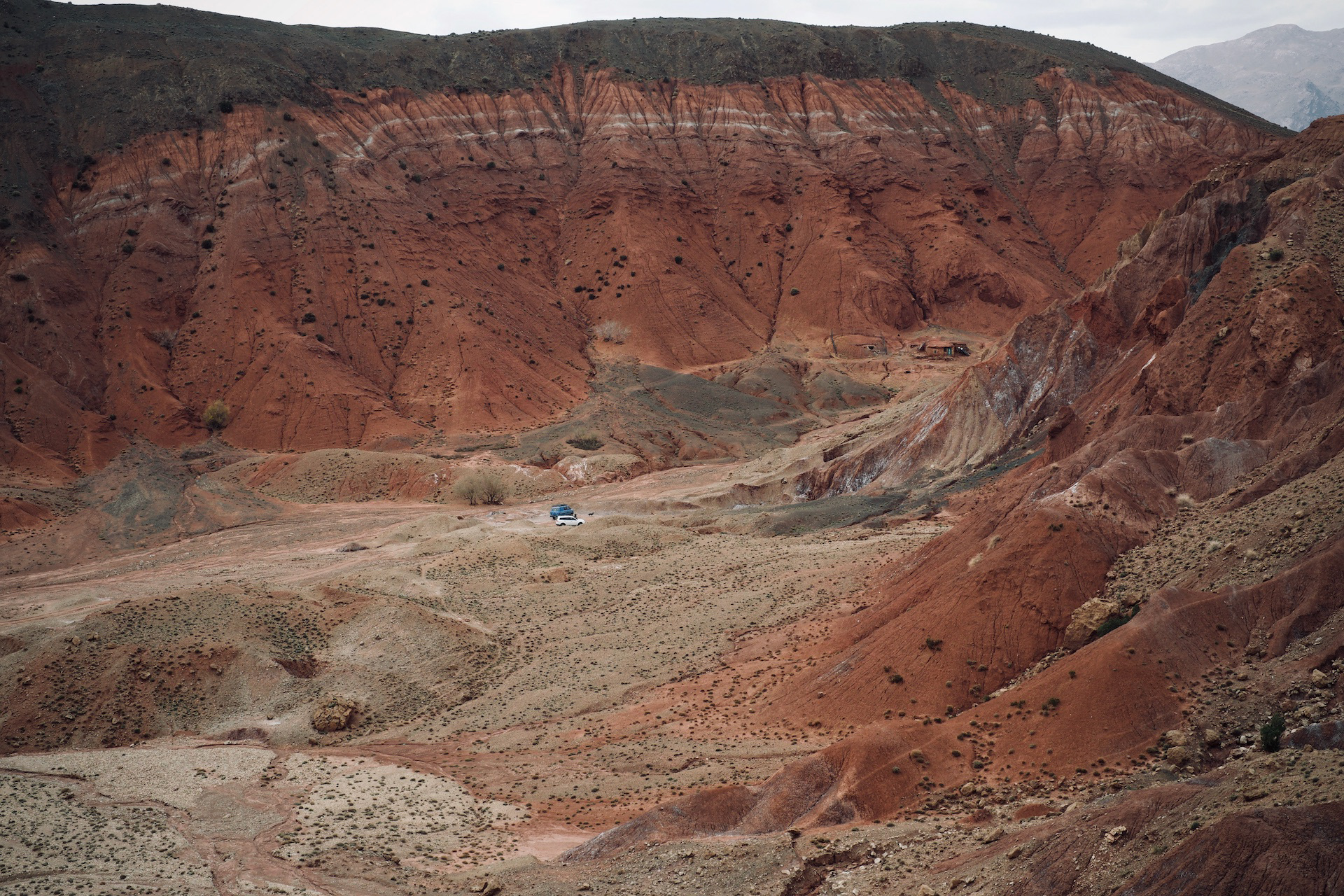
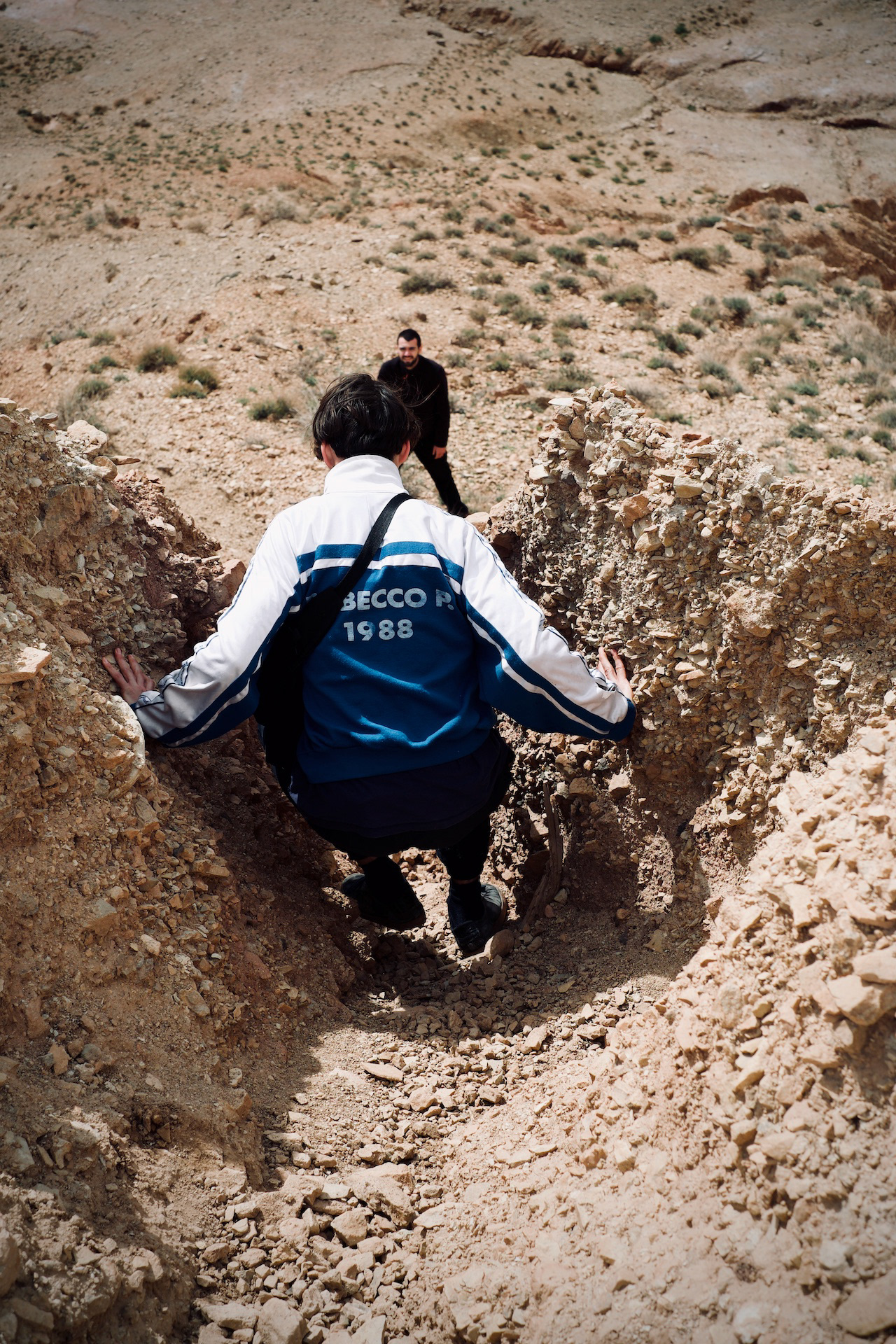
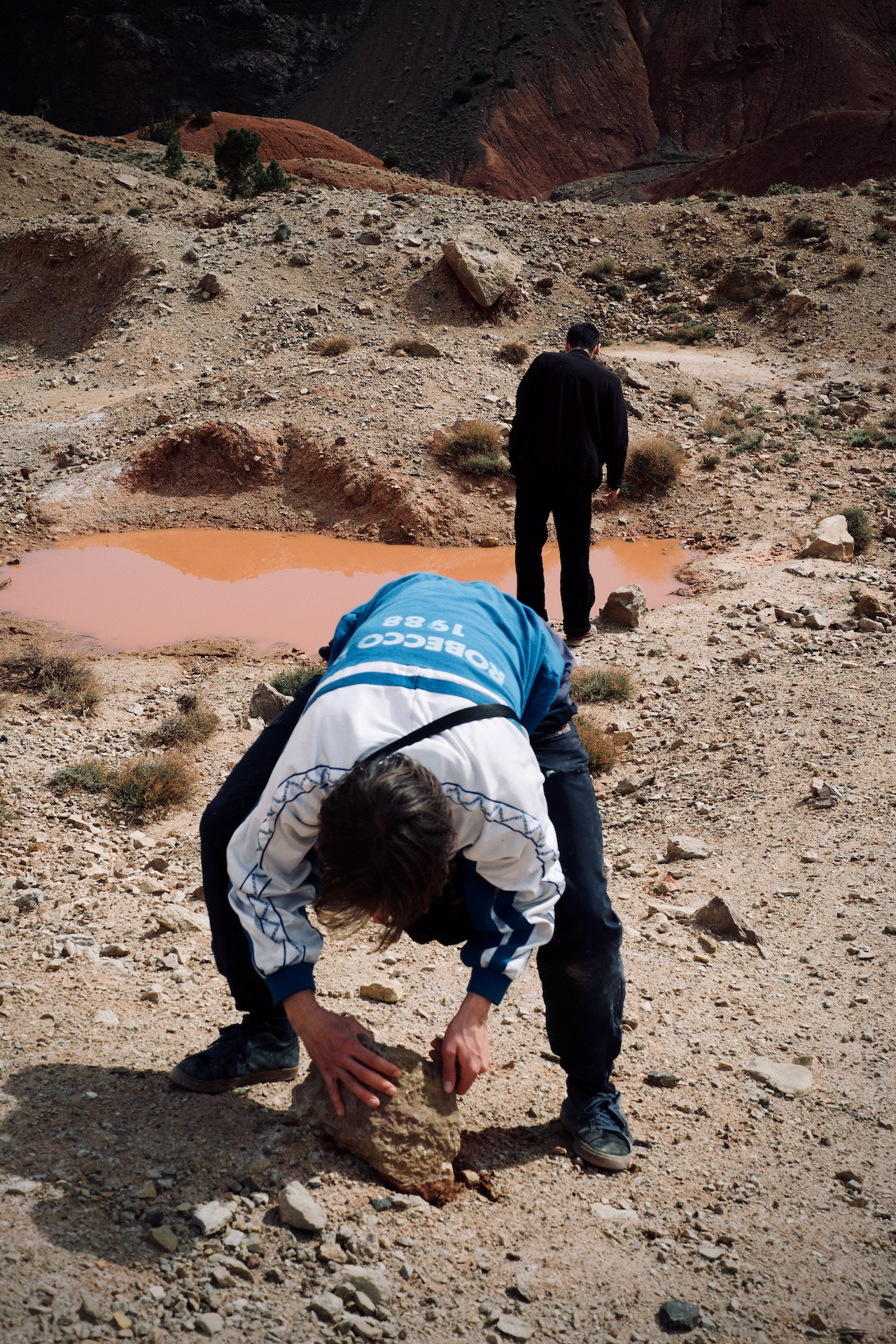
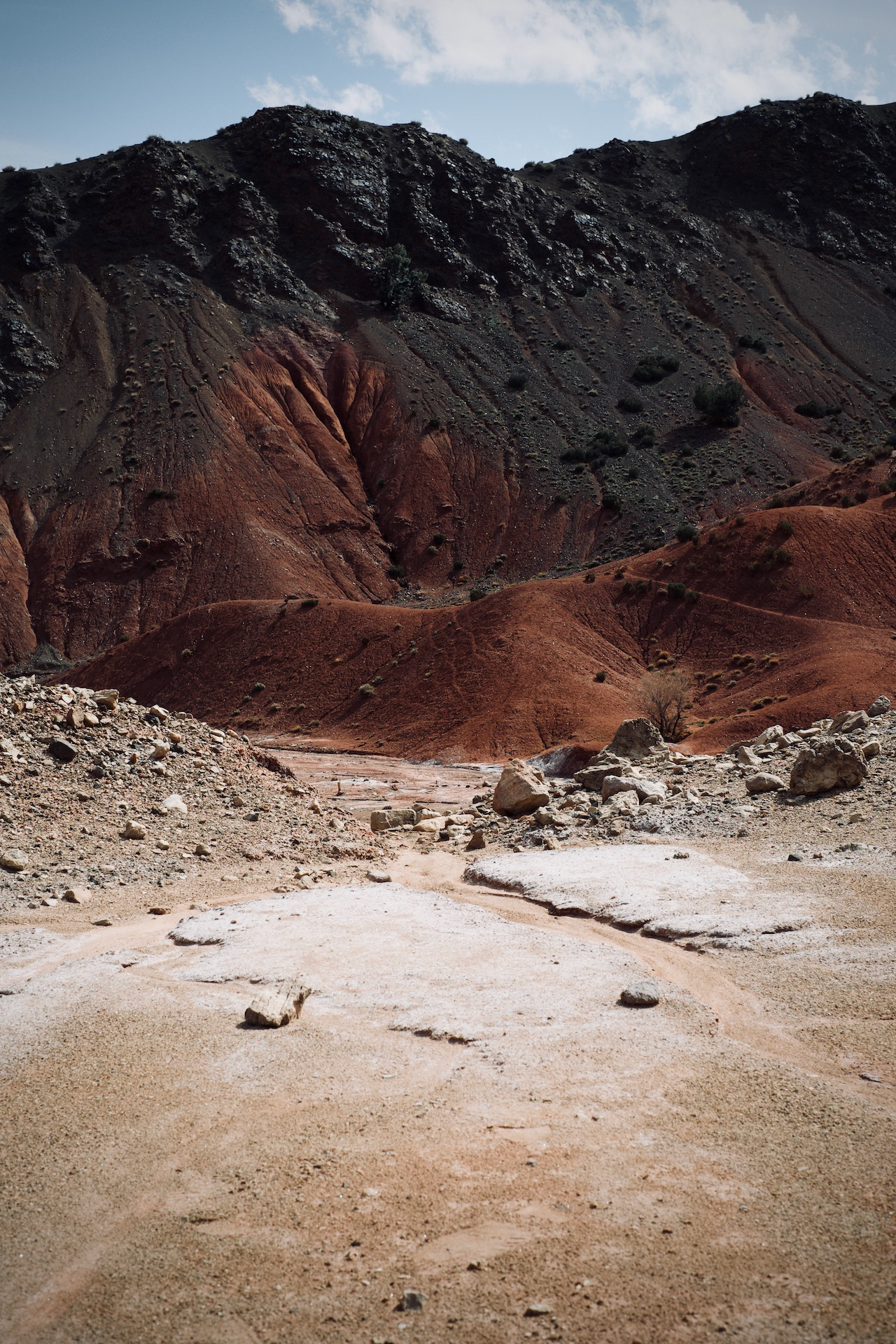
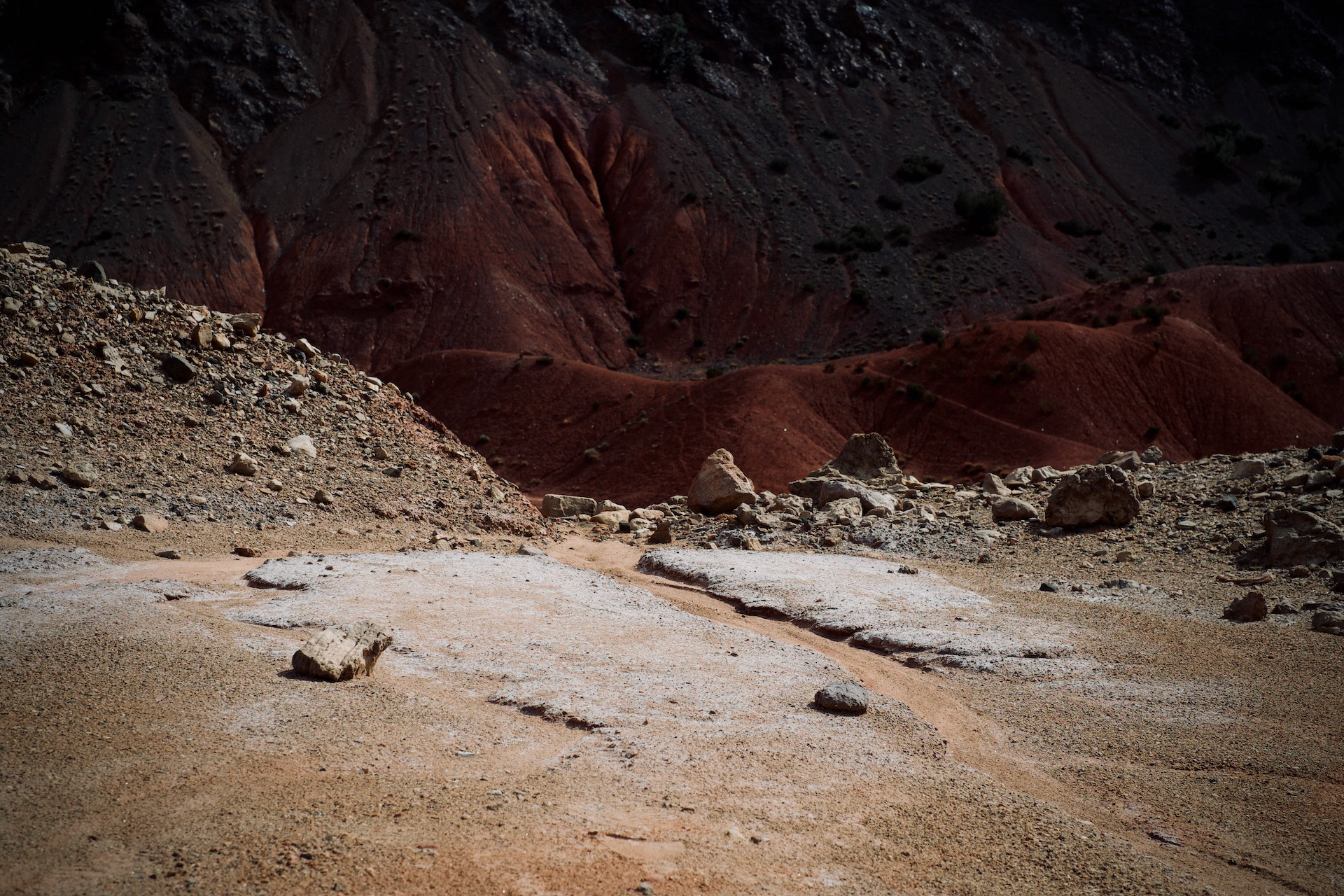
Dans le haut Atlas marocain, entre Telouet et Ait Benhaddou, au fond d’une vallée, quelques sons de pioche sortent d’une petite ouverture dans la montagne. À chaque nouvelle pluie, une pellicule blanche de sel vient recouvrir la terre rouge et noire de la vallée. La mine n’est plus vraiment exploitée aujourd'hui. Les quelques blocs de sel encore sortis, à l’aide d’instruments rudimentaires, servent principalement pour les animaux.
« Quelques semaines avant le marché, le sel redonne des formes aux animaux. Ils sont plus beaux comme ça, plus gros... » raconte l'un des mineur. Les blocs seront descendu au village par camionnette ou à dos de mûle.
« Quelques semaines avant le marché, le sel redonne des formes aux animaux. Ils sont plus beaux comme ça, plus gros... » raconte l'un des mineur. Les blocs seront descendu au village par camionnette ou à dos de mûle.
In the Moroccan High Atlas, between Telouet and Ait Benhaddou, at the bottom of a valley, a few pickaxe sounds come out of a small opening in the mountain. With each new rain, a white film of salt comes to cover the red and black earth of the valley. The mine is no longer really exploited today. The few blocks of salt still taken out, with the help of rudimentary instruments, are mainly used for animals. "A few weeks before the market, the salt gives the animals back their shape. They are more beautiful like that, bigger..." says one of the miners. The blocks will be brought down to the village by van or on the back of a mule.
في الأطلس الكبير المغربي، بين تيلويت وآيت بن حدو، في قاع الوادي، تخرج أصوات معول قليلة من فتحة صغيرة في الجبل. ومع كل مطر جديد، تغطي طبقة بيضاء من الملح أرض الوادي الحمراء والسوداء. لم يعد المنجم مستغلًا حقًا اليوم. الكتل القليلة من الملح التي لا تزال تُستخرج باستخدام أدوات بدائية، تُستخدم بشكل أساسي للحيوانات.
"قبل بضعة أسابيع من طرحها في السوق، يعطي الملح شكلاً للحيوانات. إنهم أجمل هكذا، وأكبر..." قال أحد عمال المناجم. سيتم إنزال الكتل إلى القرية بواسطة شاحنة أو على ظهر بغل.
"قبل بضعة أسابيع من طرحها في السوق، يعطي الملح شكلاً للحيوانات. إنهم أجمل هكذا، وأكبر..." قال أحد عمال المناجم. سيتم إنزال الكتل إلى القرية بواسطة شاحنة أو على ظهر بغل.
